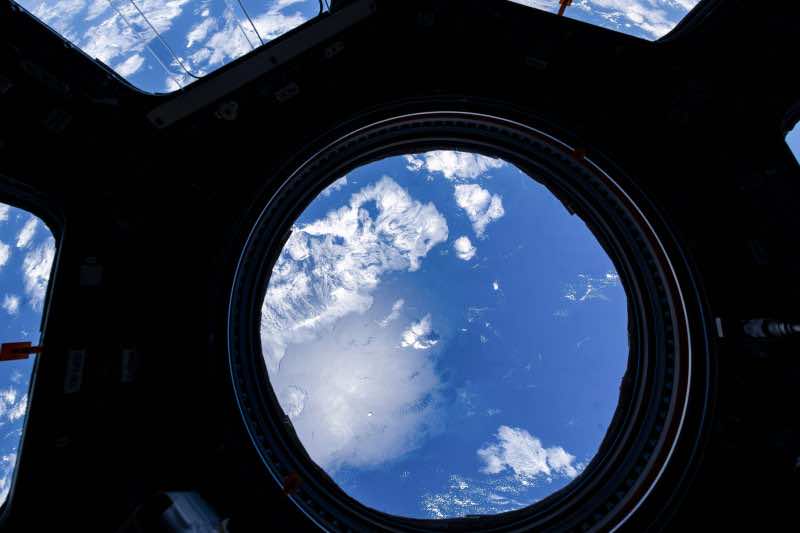The idea of going to space and having access to it is getting more popular by the day. Space organizations are working day and night to move forward with the concepts of colonizing space. Recently, there have been trips to orbit that also suggest the advent of space tourism in near future. Besides this, space is also going to be used for advertising and marketing. All these possibilities open up avenues of accessibility.
However, the topic of discourse is always the idea of sending people to space or space accessibility. Quite rarely do we see people wondering what it must be like to live in space. The mesmerizing views and ethereal experiences are not that much discussed. However, they are not that safe to witness.
Well, the recent cosmonaut’s picture from space has started this discussion as well. This just shows how amazing is the space we occupy and how colossal are things outside the planet. The Russian cosmonaut Oleg Novitskiy recorded a video from the International Space Station, the latest version. This latest edition is Russia’s Multipurpose Laboratory Module known as “Nauka.”
The video comprised a view that is not very often seen by astronauts. It showed an extremely fraught launch and docking with the orbital outpost. The view is recorded from the window that overlooks the Earth. It has several layers of protection to ensure the safety of the astronauts inside.
The cosmonaut removes one of the shields and then puts it back on to maintain the temperature and protect the inside from the dangerous debris outside. The launch and docking of the module had been not properly functional since the beginning of its construction. Only its early development required around 15 years.
When the module was finally attached to the International Space Station, it began to shoot its thrusters without being able to get controlled. This caused the ISS to spin one and a half revolutions. However, now, it is safely linked with the ISS and is serving as a source of fascinating views of the Earth.

